-
Home Products

-
Hospitals & Labs

Healthcare industry in India is projected to reach $372 bn by 2022. Healthcare industry in India comprises of hospitals, medical devices, clinical trials, outsourcing, telemedicine, medical tourism, health insurance and medical equipment.Growing incidence of lifestyle diseases, rising demand for affordable healthcare delivery systems due to the increasing healthcare costs, technological advancements, the emergence of telemedicine, rapid health insurance penetration and government initiatives like e-health together with tax benefits and incentives are driving healthcare market in India.
-
Hotel & Restaurant

India ranks 3rd in WTTC Travel & Tourism Power and Performance ranking. $460 bn contribution to India's GDP by 2028. Travel and Tourism being the largest service industry in India was worth $234 bn in 2018. The industry has become the third-largest Foreign Exchange Earner in India with a 17.9% growth in Foreign Exchange Earnings (in rupee terms) in March 2018 over March 2017. Market drivers are Incredible India campaign, E-Tourist VISA facility, Special Tourism Zones (STZ) and Medical tourism.
-
Realty & Construction

The Construction industry in India consists of the Real estate as well as the Urban development segment. The Real estate segment covers residential, office, retail, hotels and leisure parks, among others. While Urban development segment broadly consists of sub-segments such as Water supply, Sanitation, Urban transport, Schools, and Healthcare.The industry contributes 55% share in the Steel industry, 15% in the Paint industry and 30% in the Glass industry. Construction of office spaces, hotels, retail, entertainment units. Annual absorption of office space in India crossed 42 mn sq ft in 2017.
-
Electrical & Electronics
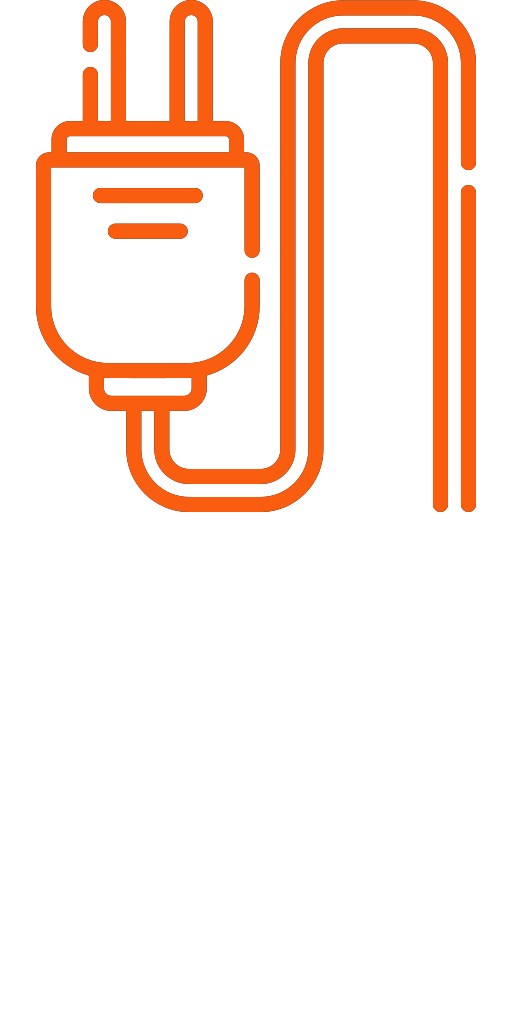
Refigrators and consumer electronics goods to witness higher demand in rural markets. Demand growth is likely to accelerate with rising disposable income and easy access to credit.
-
Automobile & Ancillary

Rise in the middle class income and young population will result the strong growth. India is expected to be the world's third-largest automotive market in terms of volume by 2026. India holds a strong position in the international heavy vehicles arena as it is the largest tractor manufacturer, second-largest bus manufacturer and third largest heavy trucks manufacturer in the world.
-
Engineering

India’s Capital Goods manufacturing industry serves as a strong base for its engagement across sectors such as Engineering, Construction, Infrastructure and Consumer goods, amongst others. The capital goods industry in FY 2018 -19 had an overall production figure amounting to $13.6 bn. The industry is divided into 10 sub-sectors where Electrical equipment is the largest sub-sector followed by Plant equipment, and Earthmoving/ Mining machinery.
-
Metal & Plastic
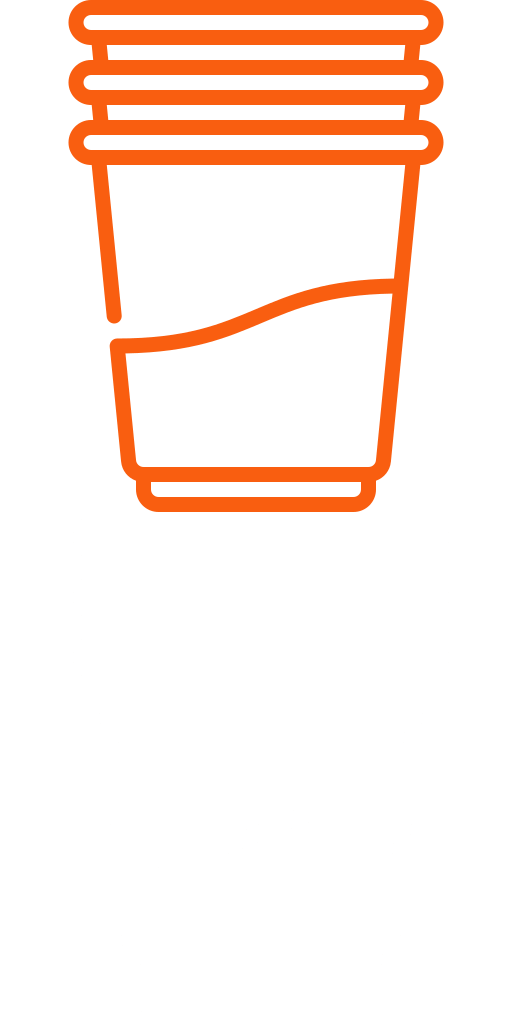
Key factors that are driving the market growth increasing plastic consumption in the construction, automotive, and electrical and electronics industries, and growing population coupled with rapid urbanization and industrialization in emerging economies. The Metals sector in India is expected to witness a major reform in the next few years, owing to reforms such as Make in India Campaign, Smart Cities, Rural Electrification and a focus on building renewable energy projects.
-
Leather & Accessories

The Leather industry in India accounts for around 12.9% of the world’s leather production of hides/skins and handles a robust annual production of about 3 bn sq. ft. of leather. The country accounts for 9% of the world’s footwear production. The growth in demand for leather is driven by the fashion industry, especially footwear. Apart from this, furniture and interior design industries, as well as the automotive industry also demand leather.
-
Jewellery & Fashion

India is the second larget consumer of gold. The demand for gold stood at 690.4 tonnes in 2019. Increasing disposable income of middle class is driving the demand of the sector.
-
Sports & Fitness

The fast growth of the global sports industry from 2014 to 2018 can be attributed to two main factors: the fast growth of emerging markets, and rapid urbanisation. The Indian sports and fitness goods market reached a value of US$ 3,621 Million in 2017. The market value is further projected to reach US$ 6,054 Million by 2024, growing at a CAGR of 9.0% during 2019-2024.
-
Home Decor & Furniture

Steady growth in the Indian economy and the consequent rise in living standard, have been key influencers on demand generation in the Indian furniture industry. Other drivers are changing consumer demographics, Real estate & housing boom, Tourism & hospitality industry growth.
-
Agri Products
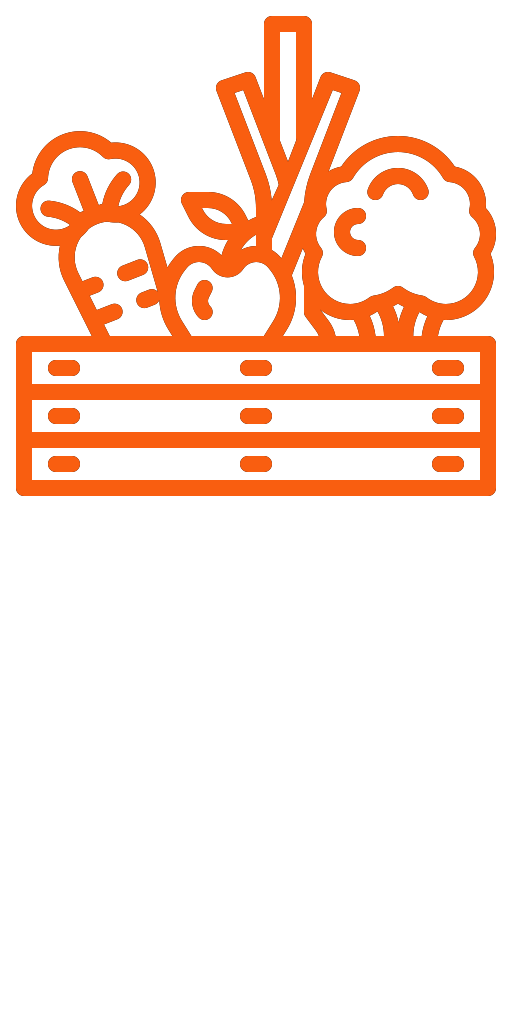
The Indian farming market was worth INR 18,367 Billion in 2019. The farming sector constitutes one of the most important areas of the Indian economy.India ranks within the world's five largest producers of over 80% of agricultural item. Driven by strong economic growth and rising incomes, the per capita consumption of food products such as fruits, vegetables, pulses, etc. are expected to increase. This, coupled by a continuous population growth, is expected to create a strong demand for farm products.
-
Chemical
The Indian chemicals industry is projected to reach $304 bn by 2025. Shift in consumer preferences towards a healthier lifestyle and environment-friendly products. India ranks 6th in the world in Chemicals sales and contributes 3% to global chemical industry. Chemicals industry in India is highly diversified, covering more than 80,000 commercial products.
-
Pharma & Healthcare

India is the 3rd largest pharmaceuticals industry in the world by volume. India is a prominent and rapidly growing presence in global pharmaceuticals. It is the largest provider of generic medicines globally, occupying a 20% share in global supply by volume, and also supplies 62% of global demand for vaccines. India ranks 3rd worldwide for production by volume and 10th by value.The country is home to more than 3,000 pharma companies with a strong network of over 10,500 manufacturing facilities.
-
Textile and Apparel

India is the 5th largest exporter of textile and Apparel globally. The domestic textiles and apparel industry stood at $140 bn in 2018 (including handicrafts) of which $100 bn was domestically consumed while the remaining portion worth $40 bn was exported to the world market. Further, the domestic consumption of $100 bn was divided into apparel at $74 bn, technical textiles at $19 bn and home furnishings at $7 bn. While exports comprised of textile exports at $20.5 bn apparel exports at $16.1 bn and handlooms at $3.8 bn
-
Educational Institutes

Largest population in the world with ~500 million people in the age bracket of 5-24 years present a large opperunity in the education space. Sector will also boost with new education policy.
-
Paper Products

Reasons for the strengthening of the paper industry, Increasing demand for cardboard as a packaging material in eCommerce, Newmarket outlets from the middle class in emerging markets and increasing demand for hygiene products.
-
Food & Beverages

The Food & Grocery market in India is the sixth largest in the world. Food & Grocery retail market in India further constitutes almost 65% of the total retail market in India. By 2025, India’s food processing sector is expected to be worth over half a trillion dollars. Market drivers are Agri-commodity hub, Huge consumer base, Strong economy.
-
Bodycare Products
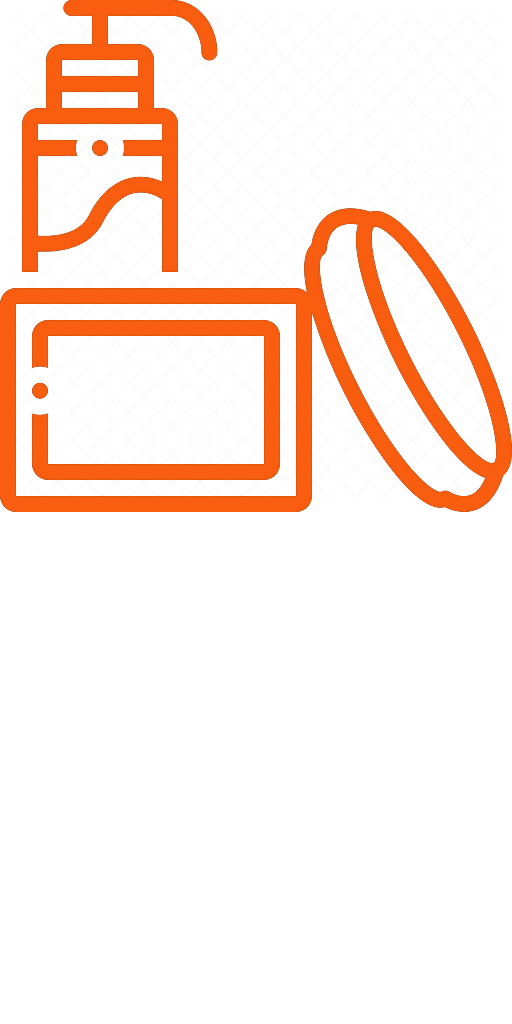
Rising income and growing youth population have been the growth drivers for this sector. Brand consciousness has also aided demand. India's contribution to global consumption is expected to double to 5.8% by 2020. Increase in disposable income in rural Indian and low penetration in rural market offeres room for growth.
-
Ayurveda

Increasing consumer shift towards opting for products based on natural ingredients due to increasing health consciousness, especially among the young adult population is significantly contributing to the growth of ayurvedic products market in India. The distribution channel of ayurvedic products market is categorised into traditional stores, supermarkets, hypermarkets, online and other channels.
-
IT & Service

-
Startups

-
Sanitary Ware Fitting

-
Kitchen Ware

-
Toiletry & Consumables
